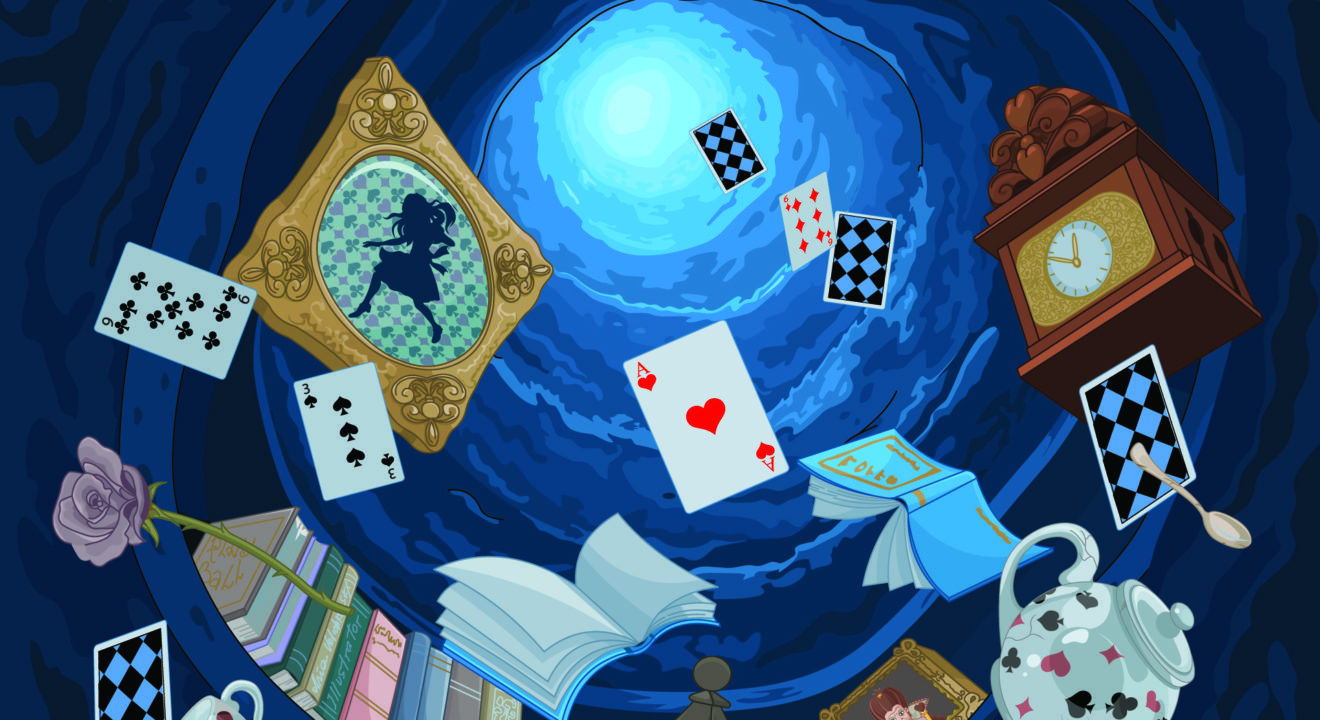Culture September 28, 2016


If you’re the kind of woman who devours books, you probably already know the plot of Lewis Carroll’s “Alice’s Adventures in Wonderland” by heart. Alice was sitting on the banks of the river her sister and lovely cat Dinah when, to her surprise, she sees a white rabbit – dressed to the nines in a waistcoat – looking at his pocket watch before diving into the rabbit hole. Of course, being an adventurous young woman, Alice follows him…and that’s where her adventure begins.
Whether she’s shrinking and growing thanks to a bottle that says “Drink Me” and a piece of cake that says “Eat Me,” making some unlikely friends – like a wise caterpillar, a mad Hatter and an enigmatic Cheshire Cat – or dangerous enemies – most significantly, The Queen of Hearts – Alice is having quite the entertaining adventure.
What you may not know, however, is the fascinating background behind Carroll’s famous novel. ENTITY is here to tell you everything a book-lovin’ woman should know about “Alice in Wonderland.”
Carroll’s was inspired to write this novel while on a boat ride with a young woman named Alice and her sisters. Alice asked for a story and Carroll began telling her about a girl named Alice who was searching for an adventure. The girls loved the story so much that Carroll sat down to write a book based on the original tale.
Carroll was actually working as a mathematician when he first wrote “Alice’s Adventures in Wonderland,” and many women and men believe that there are mathematical references peppered throughout the novel. It seems that Carroll was not just a good mathematician; besides being an excellent storyteller, he even tried his hand at drawing.
In fact, the first edition of the novel was printed with illustrations by Carroll, although artist John Tenniel provided 42 wood engravings for later publications. Unfortunately, he majority of the first printed editions were destroyed because Carroll was unsatisfied with his initial illustrations.
This novel is classified in the “literary nonsense genre” because it balances some characteristics that make sense with some that do not. While the novel is written for children, few people actually read it when they are young. However, many believe that more children should enjoy the novel, not only as entertainment but as a tool for personal growth. An imaginative novel like “Alice’s Adventures in Wonderland” challenges children to confront what is reality and what is not.
When the novel was first released, it failed to receive the ratings that Carroll so desperately wanted. Over time, however, “Alice” has maintained a steady following – including the likes of Queen Victoria and Oscar Wilde – and has never been out of print. By the time Carroll released the sequel, “Through the Looking-glass, and What Alice Finds There,” the first tale had slowly gained in popularity, sparking the beginnings of a cult-like following.
In the century and a half that followed, “Alice’s Adventures in Wonderland” has only continued to gain a presence in the arts, having been adapted for the cinema over 30 times, including the latest film, Tim Burton’s “Alice Through the Looking Glass.”
In 2015, the British Library housed an exhibit featuring Alice in popular culture to celebrate her 150th birthday. The exhibit includes Carroll’s original illustrations, contemporary popular culture items like tea sets and stamps, and more modern paraphernalia like music and video games. It serves as a reminder that, for the last 150 years, Alice has remained an important character in both classic literature and popular culture.